Remote patient monitoring services are the convergence of telehealth and medical wearable devices. This technology has yet to be widely adopted by the health care industry but holds great promise for early diagnosis of chronic conditions, disease management, medication adherence, and prevention of acute episodes. An estimated 1/3 of all chronic diseases are reported as being preventable through lifestyle modification.
How does Remote Patient Monitoring Work?
Remote patient monitoring services can help patients better manage their own health plans if given appropriate tools that let them see their progress toward goals such as increased activity or improved diet regimes. Similarly, these tools can also help providers keep track of patients’ status between visits by giving them real-time data on biomarkers such as blood pressure and glucose levels.
How Accurate are Remote Patient Monitoring Devices?
The accuracy level of remote patient monitoring devices is defined as the capability of a device to give an accurate representation of the actual status or performance. In case of any fault or failure, this must be communicated through some means automatically. While the application is simple in diagnosis and prognosis, it can be very difficult from a technological standpoint especially given that accuracy tends to degrade as technology evolves.
Limitations of Remote patient monitoring Services
While most technologies have seen a corresponding improvement in their levels of accuracy, there are still areas where they face challenges such as:
On top of these factors, existing systems have traditionally employed closed architectures which inherently limit their ability to evolve with new improvements resulting in deteriorating performance over time even if enhancements are available.
However, today’s models called “open standards” utilize a more open and flexible architecture which allows for advancements in technology while still allowing the end-user to maintain control of their system. This is especially useful if the device has an inherent ability to self-update without any external support.
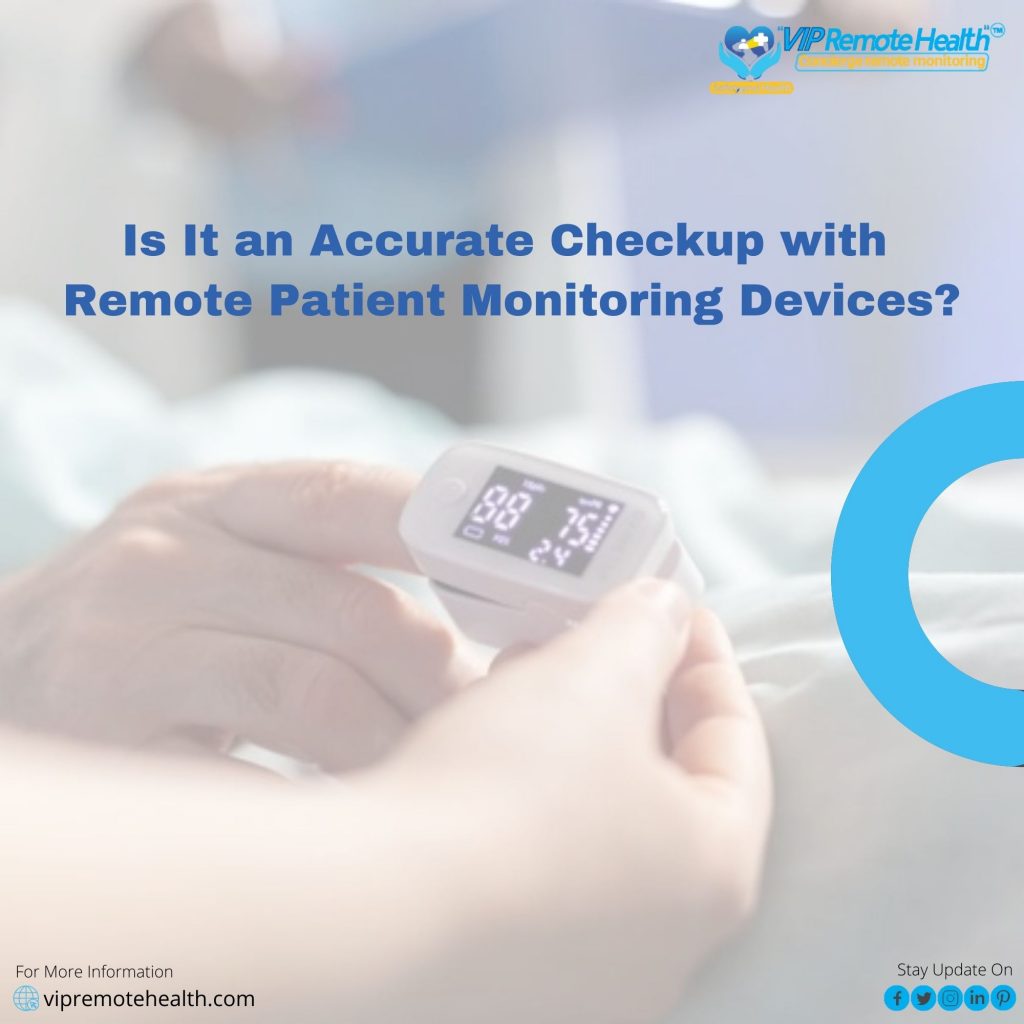
Methods to Improve Accuracy Levels of Patient’s Health
The following methods were used to reduce noise and improve accuracy:
- Sensor Fusion
Using sensor fusion techniques like Kalman filter, Least square support vector machine (LS-SVM) and adaptive neuro-fuzzy inference system (ANFIS). The sensor fusion method gives an optimum estimation of blood pressure parameters with a low noise level and is able to reduce errors due to incorrect readings from other vital signs monitoring devices.
This estimator can also determine cardiovascular changes associated with physical activities. ANFIS is a mechanism that uses fuzzy logic for time series analysis on real-world data. It can be used to identify the noise levels of the sensors automatically and provide an optimum estimator for blood pressure parameters based on fuzzy logic
- Vibration analysis
By using vibration analysis, it is possible to determine pulse rates with an error rate of less than 3 bpm. This technique uses spectral amplitude ratios for determining pulse rate variability. The main advantage is its ability to measure blood flow variations which are not influenced by physical activities during measurement.
Measurement time does not exceed one minute making it suitable for long-term measurements of patients at home or in hospitals. A low-cost compact sensor system reduced the costs of this system greatly without losing accuracy resulting in a better patient monitoring device.
Also Read: Role of the Remote Patient Monitoring System During the COVID-19 Pandemic
- Mathematical Model
Model-based respiratory rates can be achieved by integrating a mathematical model in the vital signs monitoring device. This method requires a dedicated sensor unit that calculates breathing rate from vital signals and sensor data. The method is able to measure respiration accurately even when the individual has no movement.
Accuracy levels range from 0% to 2 bpm with an estimation time of fewer than 4 minutes for patients who have normal breathing patterns. In the case where there are abnormal breathing patterns, this system will be unable to detect them as it was not designed for that purpose thus accuracy could be up to 60 bpm in such a situation.
Also Read: Leveraging Remote Patient Monitoring Systems to Enlarge Way to Care
Conclusion
The ability to monitor these levels without having to go to a medical facility can help providers catch problems early. Remote patient monitoring services are typically worn by patients for extended periods of time, collecting data during normal daily activities, or when they experience symptoms or side effects.
There are usually no wires involved, but the patient must remember to wear the device and regularly sync it with their smartphone or tablet in order to access the collected data.
Also Read: Remote Patient Monitoring Devices: Take Updates of Patients with Social Distancing

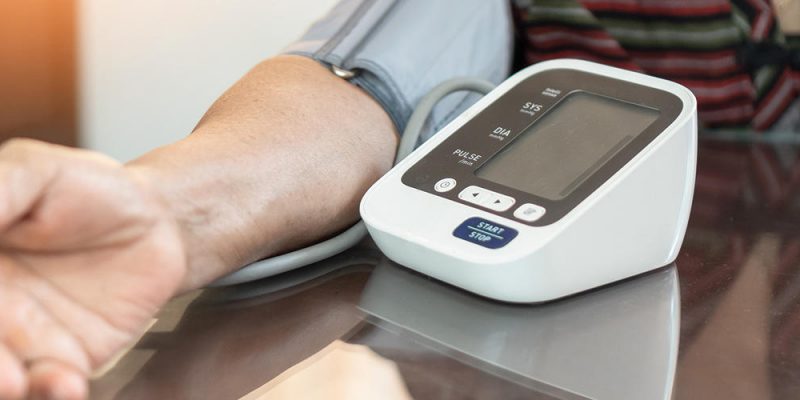





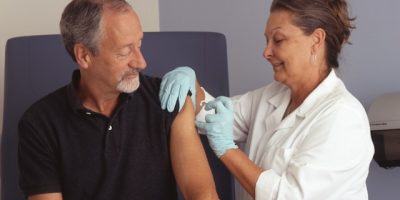



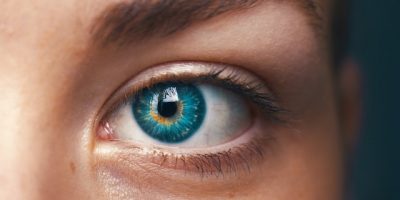

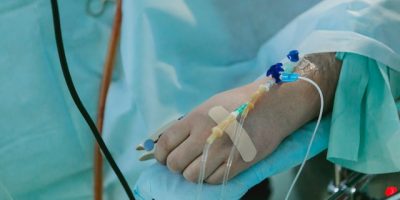
Comments